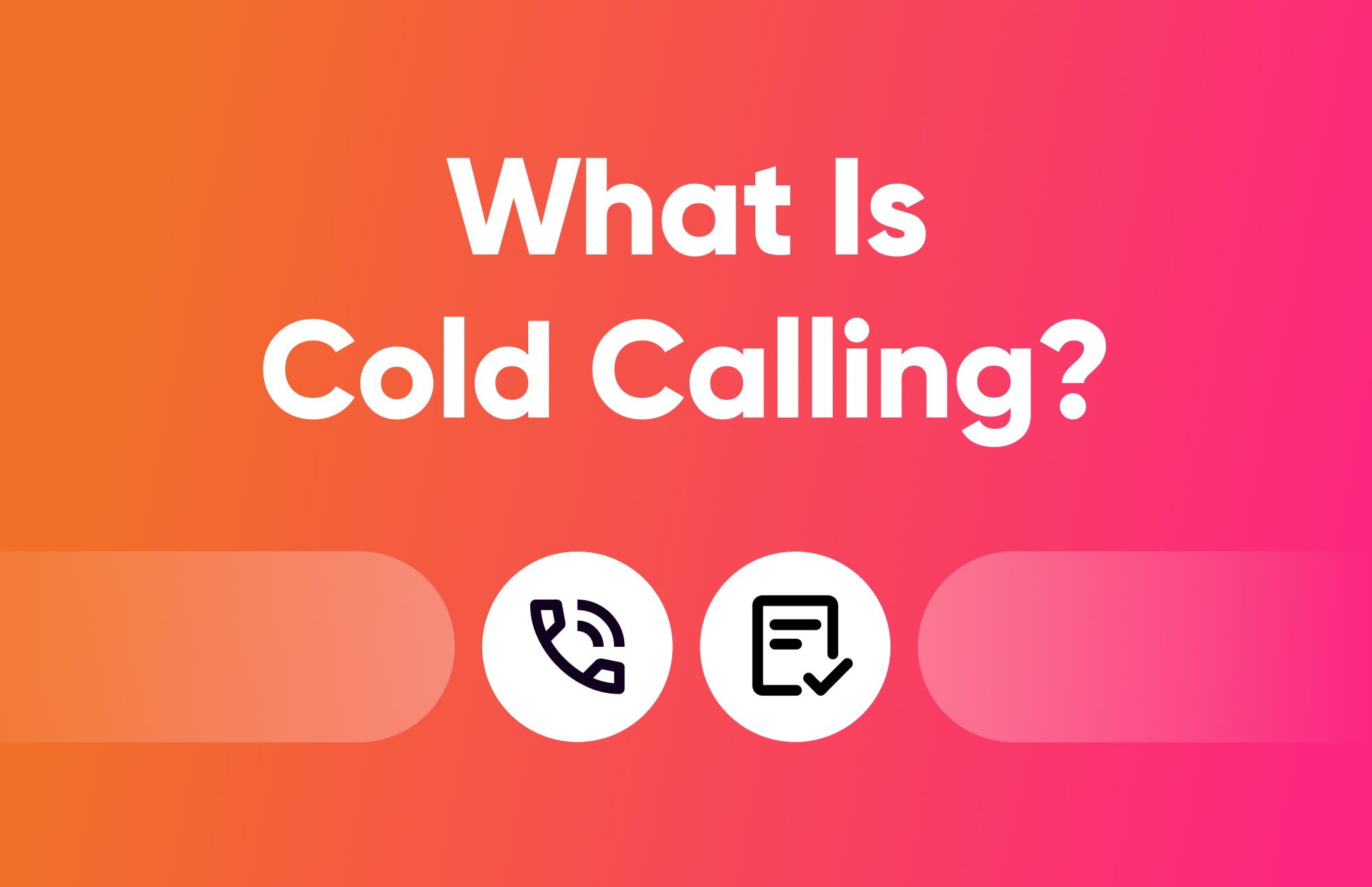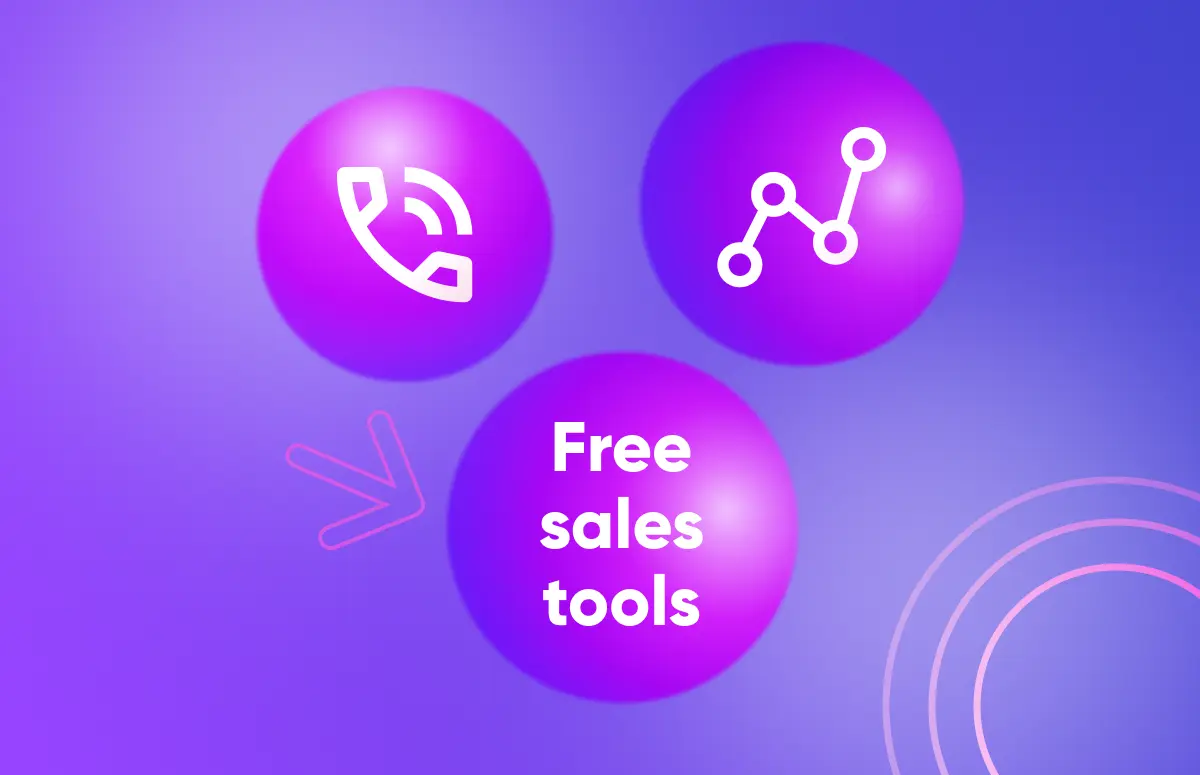
Outbound sales calling (also known as cold calling) is a tactic used by sales development representatives (SDRs). In outbound sales, the idea is to speak with prospects who haven’t directly expressed the intention to buy yet.
A cold call aims to book meetings and kickstart a relationship. 🤝
Outbound sales calling isn’t easy. It can sometimes feel like a mountain of rejection and objections. But it’s all in the technique, and SDRs can learn techniques.
Let’s run through some of the best practices for outbound sales calls. Plus, how to overcome any blockers.
The best practices are:
- Know your ICP and buyer persona.
- Find your flow with cold calls in a sales cadence.
- Do your research.
- Make your prospect feel valued.
- Get accurate data.
- Listen to calls and feedback.
- Make sure the prospect remembers you.
- Use a script as a structure.
Best practices for outbound sales calls
It’s easy to feel overwhelmed by cold calling. 🤯
But there are some best practices for outbound sales calls that help.
Let’s talk through the prep work SDRs can do before the call and advice for steering the call in the right direction.
1. Know your ICP and buyer persona (inside out)
Success in outbound sales calls starts with knowing who to target.
This is where your ICP and buyer persona comes in.
An ICP is the type of company most appropriate for the problem your product or service solves.
A buyer persona is all about the individual within the ICP.
Knowing your ICP and buyer persona inside out means you’re targeting prospects that best fit your solution. Rather than wasting time on companies that just won’t be interested.
Looking to build out your ICP? Consider the below. 💡
- Company size.
- Industry.
- Demographics.
- Legality.
- Service level agreements (SLAs).
Then, it’s time to consider your sales cadence. Which brings us to our next point...
2. Find your flow with cold calls in a sales cadence
Sales cadences keep your outreach organized.
How you create a sales cadence can sometimes depend on your strengths as an SDR.
If outbound sales calling is, well your calling, then a dialer-heavy cadence is probably for you.
Here’s how that might look. 👇
%20%20%5B+%20FR,%20ES%20and%20DE%20variations%5D/Sales%20cadence%20best%20practices/infographic-dialer-heavy-sales-cadence-cognism.webp?width=550&height=400&name=infographic-dialer-heavy-sales-cadence-cognism.webp)
Brad Norgate, Commercial Account Executive at Cognism, explains the benefits of the dialler-heavy cadence:
“As an SDR, you have to play to your strengths. A phone-first cadence enables SDRs who are strongest on the phone to spend their time effectively. The cadence also includes automated emails aimed at those prospects who don’t pick up.”
“This cadence also gets SDRs on the phone as quickly as possible. You’ll be able to have more conversations by being on the phone, leading to more meetings booked. It’s as simple as that!”
But every sales cadence will have cold calls on the bill. And due to the benefits - the phone should be prioritized much more than it often is!
3. Do your research
Think of all the other SDRs in touch with your prospect.
Taking the time to do some research will make you stand out. You don’t need to go as far as knowing their favorite color, but at least know if they recently changed jobs.
According to LinkedIn, the chance of booking a meeting goes up to 70% when a rep opens a cold call with “I understand we share a common LinkedIn group.”
Just like any relationship, people appreciate the extra effort.
Lewis Gadsdon, Founder at SDRs of London, says:
“If I can see that you’ve done your research on me and included personalization points, that’s what will get my attention. It’s not about sending an abundance of messages, it’s about sending good ones.”
4. Make your prospect feel valued
The goal of outbound sales calling isn’t to try to sell immediately. It is about active listening and taking in what your prospect has to say.
That’s why focusing on the prospect and their needs is vital, not what you offer.
Trent Dressel, VP of Sales at D&D Wholesale Supply, has five tips for nailing a cold call and showing your prospect they are valued.
- Always make the ask for their time.
- How you say things is more important than what you say.
- Consistency trumps ability.
- Always come prepared with context.
- Your script doesn’t need to be perfect.
5. Get accurate data
Ever dialed a number only to find out you’re speaking with someone who left the role three years ago? Awkward, right?
But it’s not just about avoiding these social slip-ups. Having accurate data means personalized outreach that hits the mark. This is where a prospecting tool like Kaspr comes in. It has a database of 500M+ phone numbers and email addresses.
The data you’ll get is updated in real-time and verified against 150 providers. Plus, It’s GDPR and CCPA aligned - so you can prospect with piece of mind.
The LinkedIn Chrome Extension and dashboard allow you to enrich LinkedIn data while you look for new leads. You can access a single contact’s information or get phone numbers from target account lists in bulk.
6. Listen to calls and feedback
Using software like Gong lets you record all your outbound sales calls.
This is useful because you and your sales team can review what’s effective and what’s not. This helps you adjust your messaging, try different cold calling techniques, and truly know what works.
Plus, you can turn it into a friendly competition. Wondering how?
Here’s some insight into how Will Falkenborg, SDR Lead at Champify and his colleagues approach it:
“What we do is we’d go as hard as we could sitting next to each other knowing that the other person is dialling when we’re not.”
“The fun thing about that type of relationship is that we would give each other tips on our cold calls and emails to improve each other and spin the flywheel for the both of us.”
7. Make sure the prospect remembers you
Outbound shouldn’t be boring. 🥱
You need to get your personality across on every channel, whether the phone, email or LinkedIn.
Tom Boston, Top Social Selling Voice on LinkedIn and Brand Awareness Manager at Salesloft says:
“If you are having fun when you are doing your outreach, that will come across. But if you sound terrified and like you’ve got a huge sales target to hit, they can hear it in your voice.”
“If you can just relax and be yourself and not worry too much about the outcome, it’s gonna help you massively.”
There are many ways you can do this.
Jamie Parmar, Co-Founder at Ernest, is a big fan of the phone and has a unique way of ending the conversation:
“Every time I have a conversation over the phone, I’ll end it in one of two ways. I’ll say, look, can I add you on LinkedIn? I’ll title it “Pink Elephant” so I stand out from the thousands of spammy connection requests you get.”
“And so, I can make my content more relevant to the people I’m trying to reach.”
8. Use a script as a structure
Cold calling scripts can provide structure to outbound sales calling.
Ryan has a winning script structure. It goes like this. 👇
- Introduction: “Hi this is YOUR NAME, with YOUR COMPANY.”
- Permission: “Do you mind if I take 30 seconds to tell you why I’ve called?”
- Purpose: “The purpose of this call is…”
- Value pitch: “To find time in your calendar to introduce my company.”
- CTA: “How does next Monday or Wednesday around this time of the day work for you?”
Overcoming outbound sales call blockers
A lot of cold calling dread stems from potential blockers 🙅
That’s why as an SDR it’s important to be equipped with how best to deal with them. Here are some top tips (underpinned by sales best practices).
Get over the cold calling fear
Cold calling is a great channel to connect with potential customers. Yet it’s sometimes rejected by sales reps in favor of other channels like cold email.
Could our upbringing and generational differences influence this preference?
Richard Smith, VP of Sales at Allego, offers his thoughts:
“One of the main reasons people have call reluctance is because it goes against the usual rules laid out to us when we were younger. For example, ‘don’t talk to strangers’, ‘don’t interrupt people’ etc.”
“Our vision of cold calling is that it’s painted as this nuisance. So reps inherently feel like that will be them.”
Of course, there are a lot of reasons that reps struggle to pick up the phone. Maybe they are new to the role, had a bad month last month, or lack motivation.
Sales managers play a crucial role in helping reps overcome this fear. Key considerations include:
- Providing effective training and support.
- Ensuring solid data quality.
- Encouraging continuous improvement.
Shabri Lakhani, Strategic Advisor for Kaspr explains in more detail in the clip below. 🎬
Getting past gatekeepers
Gatekeepers can be a common blocker when you’re targeting C-suite prospects (not if you use Kaspr though 👀).
The gatekeeper might promise to pass on your information on, but the chances of actually getting through are quite slim.
Successfully navigating past gatekeepers involves building a good connection with them. You want to make them your ally.
Here are some practical strategies to try:
- Keep calm and try to sound senior. Speak confidently, slowly, and concisely. If you can do this, you will sound experienced and important. The gatekeeper may be less inclined to hold you up.
- Don’t sell to the gatekeeper. Keep in mind that the gatekeeper doesn’t make decisions, so don’t try to sell to them. Share only essential information and maintain a friendly and professional attitude.
- Give the impression that you’ve done your research. You can start with using first names when you ask to speak to your prospect.
David Bentham, VP of Global Sales Development at Cognism talks about the importance of understanding the gatekeeper’s role:
“I always advise my team that it’s really important to remember that the gatekeeper’s job is to ensure salespeople aren’t wasting their employees’ time.”
“My advice is don’t get offended when you don’t get through them. Because at the end of the day, they’re not doing their job properly if they’re letting you through.”
Objection handling
“I can’t talk right now.” ... “We’re happy with the solution we’ve got”.
These are all common objections for SDRs.
There’s no way to avoid them, but you can learn how to overcome them effectively.
Let’s take the “I don’t have the budget” objection as an example and see how you can overcome it using the sales best practices below.
Feel, felt, found (FFF)
This technique leads with empathy to help you move the conversation forward.
- Feel: I understand that you feel like you don’t have the budget right now.
- Felt: Competitor XYZ felt the same way initially before they tried it out.
- Found: What they found was that they were saving money in the long run due to ABC.
Listen, acknowledge, isolate, reverse (LAIR)
Our next technique aims to reverse the objection and find out if this is the only reason the prospect doesn’t want to move forwards.
- Listen: Listen for what the objection REALLY is
- Acknowledge: Thank you, I appreciate your honesty
- Isolate: Is this the only reason you don’t want to find out more?
- Reverse: Turn the objection on its head, and explain how you’ll save them money
Chris Ritson, Co-founder and CEO at Flexprts says how 30% of your list (out of 100) are likely to be “not right nows” and how you can encourage them to book a meeting through great messaging. Maybe not right now, but as part of your future quota.
Staying motivated
Developing resilience is a crucial aspect of outbound sales calling.
Lots of sales leaders say it’s important to detach from the outcome to stay motivated.
Morgan J Ingram, 3x LinkedIn Top Sales Voice and Creative Advisor at Cognism says:
“Attach yourself to the process of asking the right questions. Be thoughtful and actively listen. You won’t do this if you’re attached to the outcome of booking a meeting.”
Some days you’ll feel on top of the world, and on other days things just won’t go your way.
It’s important to keep your energy balanced. Be persistent and trust the process to get the best results in your outbound sales calling.
Why you should do outbound sales calling
Cold calling is a crucial channel for outbound sales teams. You can make sure you’re delivering the right message and get instant feedback (something no other channel can provide).
Here are some of the key advantages. 👇
Target your ideal customer profile (ICP)
Cold calling gives you more control over who you target, making it a powerful tool for B2B sales. SDRs only speak with prospects who fit your ICP.
Questions asked on the call help to understand pain points and challenges. This means SDRs can pitch how the product or service will overcome these.
Callum Beecroft, Founder, Sales Recruiter and sales coach at The Phonejacker®, says:
“All we’ve got as salespeople are our words. I haven’t seen any scenario where cold calling hasn’t worked in the sense of having a conversation with someone.”
“If you can ask five or six questions and within those questions, you get the prospect to see that perhaps your product or service would benefit their world. Then you’ve only got to ask them at the end, what do you want to do now?”
It’s measurable and testable
There’s no guessing how you’re performing when you look at calls vs conversions. Sales cadence nurtures prospects and keeps touchpoints consistent.
With this, you can look at how many touchpoints it takes on average before conversion and test the messages you’re taking out into the market.
Instant feedback
Cold calling provides instant responses from potential customers.
Unlike digital channels, with a phone call you can address concerns on the spot, get the vibe of the prospect and use more techniques to strengthen the relationship.
The immediate feedback helps SDRs to adapt pitches, answer questions, and understand customer needs.
Owen Richards, Founder and CEO at Air Marketing, highlights the importance of getting SDRs on the phone straight away.
“For the first month, I’d give them a phone. I wouldn’t even give them email. Focused on the phone, going out as many conversations. If you get zero opportunities, I’m happy with that. But tell me what you learned from these conversations. Tell me what you learned from the skills that you need to get better at, what’s working in messaging, and that can then translate into other channels
A lot of proof shows that the phone is the best way to build your sales pipeline. According to James Isilay, CEO at Cognism, 65% of their SDR-sourced pipeline comes from phone calls. Marc Parsons, SDR Manager at OneUp Sales, adds that 90% of their meetings are booked through cold calling.
Real human connections
Outbound calling builds real human connections.
Ryan Reisert, previously a Subject Matter Expert at Cognism, says cold calling differs from other forms of cold outreach. He explains:
“The main factor is that cold call creates actual human interaction. With it, I can reach 20-40% of my list very efficiently. And when I do reach them, I can have the most impactful, personalized, 1-2-1 and human conversation.”
FAQ about outbound sales calls
What is outbound sales?
Outbound sales involve SDRs actively searching for and reaching out to potential customers. Typically, these prospects haven’t heard or interacted with your company before.
The sales representative starts the conversation to schedule a meeting.
This method requires plenty of follow-ups to push the prospect further down the sales funnel.
A successful outbound sales strategy uses multi-channel communication, including cold calls, emails, and LinkedIn, to connect with prospects.
What is an outbound call?
Outbound calling refers to sales calls made by a rep.
In cold calling,a salesperson contacts potential customers, to try and discover if they have a need for the product or service they are selling.
Other kinds of outbound include:
- Qualifying leads. Outbound calls help identify if a prospect is a suitable target account by asking questions and gathering information. Depending on the prospect’s interest, these calls can be either cold or warm.
- Booking a meeting. Also known as appointment setting, it involves a rep calling the prospect to schedule a meeting. Usually, this happens in one of the follow-ups, rather than the first step of a cadence.
- Following up on inbound leads. After a potential buyer shows interest by taking an action like booking a demo, SDRs need to follow up. Inbound leads are problem-aware and likely know of your solution.
What’s the difference between inbound and outbound sales?
Inbound sales waits for the prospect to come to you. This means you need valuable content, a strong presence on social media, and to be seen as a thought leader.
With inbound sales, the prospect is likely to be problem-aware and searching for a solution to that pain point.
On the other hand, outbound sales take a proactive approach. SDRs reach out to potential customers directly. This can involve cold calling, emailing, or other direct communication channels.
With outbound sales, the prospect may not even be problem-aware. So, initial outreach is often about finding their pain points.
Often, B2B businesses will use a mix of inbound and outbound sales approaches.
How to measure the success of outbound sales calls?
When you’re making outbound sales calls, it’s important to know the key performance metrics.
Here are a few simple ways to measure the success of your sales calls:
- Conversion rates. Track the percentage of calls that result in a desired action, such as a sale, appointment, or demo. Analyze conversion rates at different sales funnel stages to identify strengths and weaknesses in your sales cadence.
- Lead qualification. Measure the quality of leads generated through outbound calls. Are they a good fit for your business? Look at the percentage of qualified leads to gain insights into the overall impact on your pipeline.
- Call duration. Longer calls don’t always translate to success. Evaluate the ideal length of a successful call and identify patterns among top-performing interactions. Gong’s data shows that successful reps talk 46% of the time and listen 54%, while the lowest performing reps talk 72% of the time.
- Qualitative feedback. Look at the feedback you get from closed-won customers about the sales process. They’ll likely mention what they liked about how the rep communicated with them on the phone and provide qualitative feedback.
- Closing rates. Look into the percentage of deals closed as a result of outbound calls. This metric will help show how valuable the phone is as a channel for your business.
Time to boss those cold calls
It’s not nearly as scary when you know the best practices for outbound sales calls. Plus, how to overcome key blockers like gatekeepers and objections.
Let’s recap them… the best practices for outbound sales calls are:
- Target prospects by understanding your ICP and buyer persona; this all happens in the research, so make sure you take time to do it before reaching out.
- Organize outreach with a customized cadence aligning with your strengths as an SDR (but try to prioritize the phone, it’s such a great channel).
- Don’t try to sell immediately -focus on the prospect and their needs, remember that they might not even be problem-aware yet.
- Use tools like Kaspr for accurate and verified data (500M+ phone numbers and email addresses in the database).
- Review calls, both on your own and with the rest of your team to learn what works and what doesn’t.
- Use a structured script for cold calling, but only if that is something that helps you - it’s not compulsory!
💡Bonus tip: How’s your tech stack? For SDRs, having the right sales cadence software can really make a difference.
Want more cold calling tips?
Check out prospecting on demand, our video hub! Here you’ll find Elric Legloire, Co-founder & CEO at SDR Game has done a “cold calling blueprint” series for us. The series is packed with quick and actionable tips about how to improve your calls to prospects.
Accurate European contact data
Get accurate data for your prospects and connect with your favorite sales tool
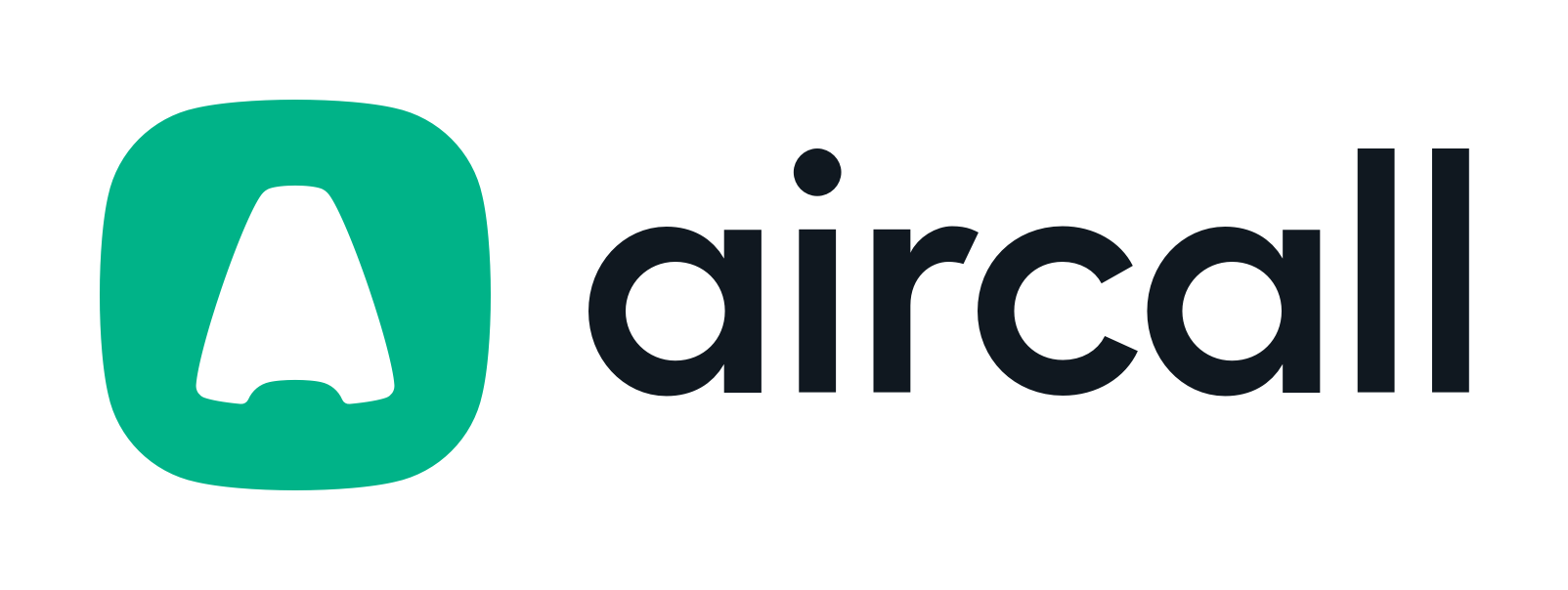
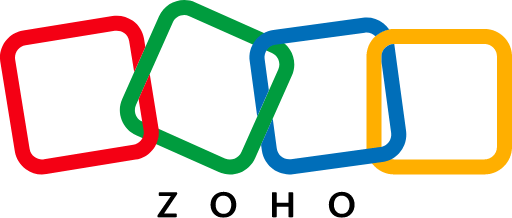
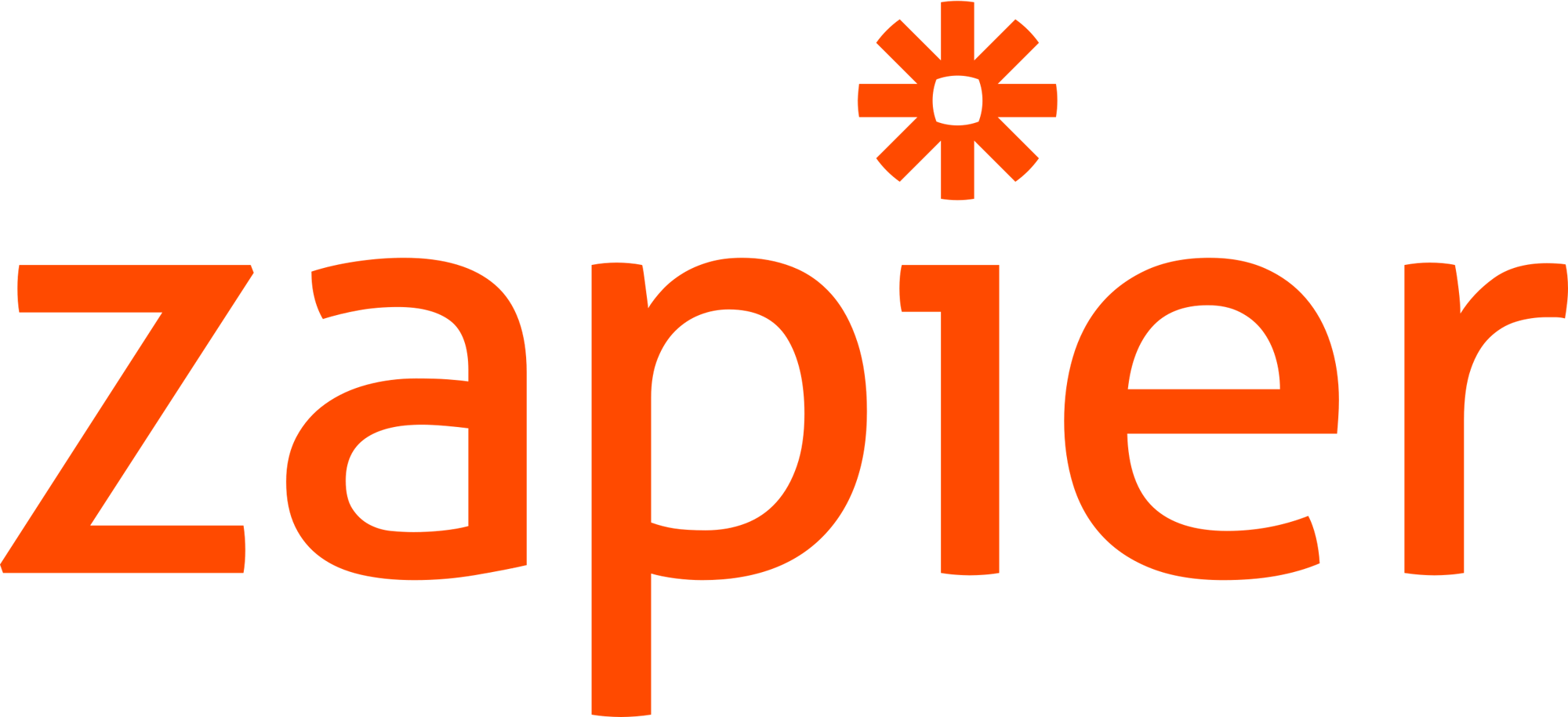





![15 Best Sales Cadence Software For 2025 [Compared]-festured-image](https://6052405.fs1.hubspotusercontent-na1.net/hubfs/6052405/2023%20-%20Blog/EN%20SEO%20blogs%20%28Clusters%29%20%5B%2B%20FR%2c%20ES%20and%20DE%20variations%5D/Outbound%20sales%20%28cluster%29/Sales%20cadence%20software/EN_sales-cadence-software-card.png)
